"Bird-other" IDs - Big Birds
-
 by
wilderzone
moderator
by
wilderzone
moderator
Putting together quick ID guides for some of the "bird-other" species we've been commonly running across. Starting with the big birds since they show up best in the trap photos and are easiest to ID at a glance without pawing through the field guide. This post will cover the non-Kori Bustard species, storks, herons, and the ground-hornbill.
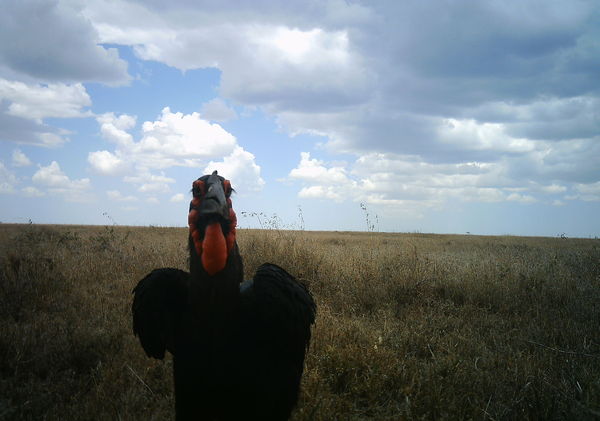
This handsome fellow is a Southern Ground-hornbill, Bucorvus leadbeateri. Their heavy black bodies and bright red eye and throat wattles make them unmistakable. Sexes are similar, both have the wattles. They forage almost entirely on the ground, eating insects, reptiles, and small mammals.
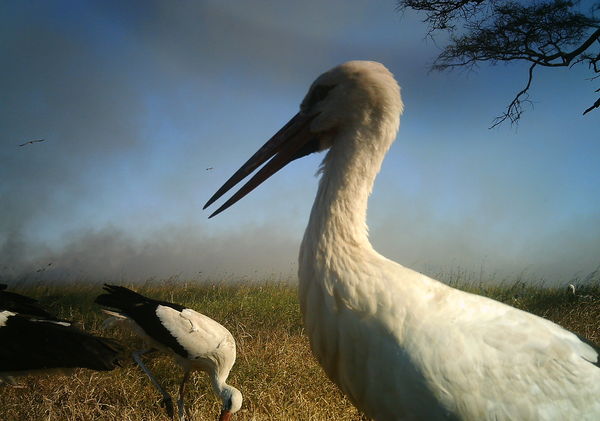
These large black and white birds are White Storks, Ciconia ciconia. They will probably be quite familiar to our European collaborators as they are migratory, spending summers in Europe and wintering throughout Sub-Saharan Africa. They're usually seen in groups, and they seem to be using the brush fire to scare up some tasty insects in this photo.
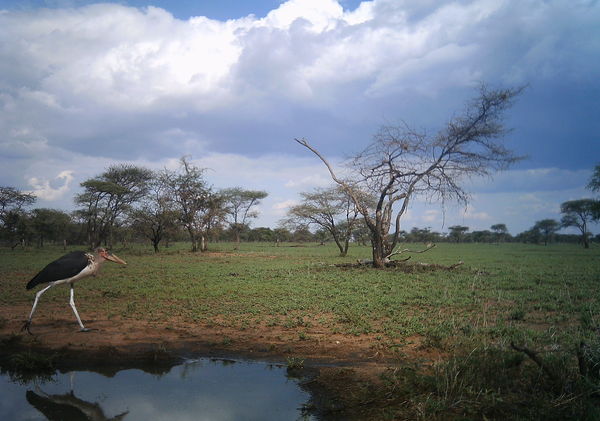
The Marabou Stork, Leptoptilos crumeniferus, is a massive bird with a naked pink head and neck. They are primarily scavengers, and can often be seen at kills alongside vultures. They'll eat just about anything, and in my experience will do their darndest to shake you down for your lunch (if the Black Kites don't get it first...)
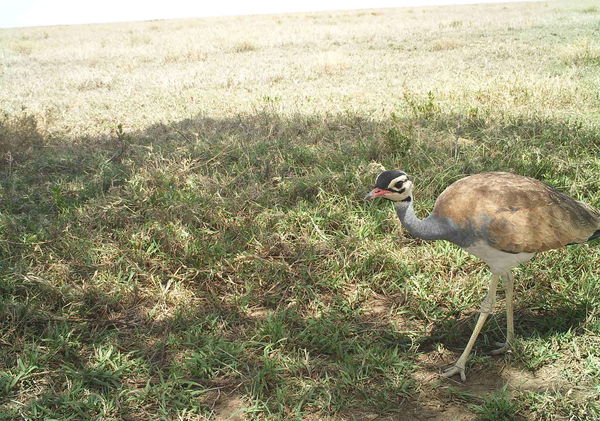
The White-bellied Bustard, Eupodotis senegalensis, is probably the most common "bird-other". About half the size of a Kori Bustard, they're often seen in small family groups. The distinguishing marks to tell this species from the less-common Black-headed or Hartlaub's Bustards (below) is the light gray neck, and the white patch on the head that almost encircles the eyes.
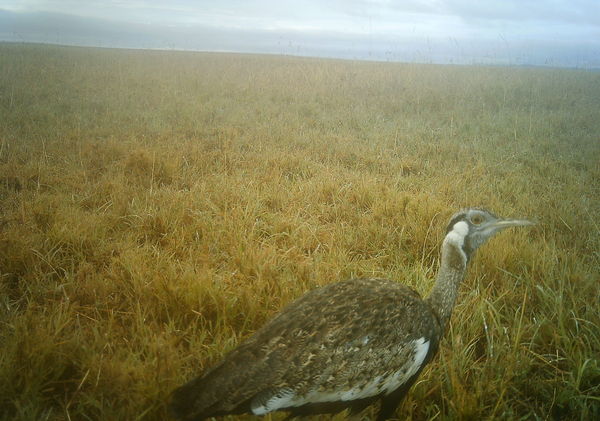
The Black-bellied Bustard, Eupodotis melanogaster, and the Hartlaub's Bustard, Eupodotis hartlaubii, are about the same size as the White-bellied, but have more back on their heads and wide black stripe down the front of their brown necks. They are difficult to tell apart, and none of the photos I could find really showed any distinguishing marks. I think this one is Hartlaub's but don't hold me to it!
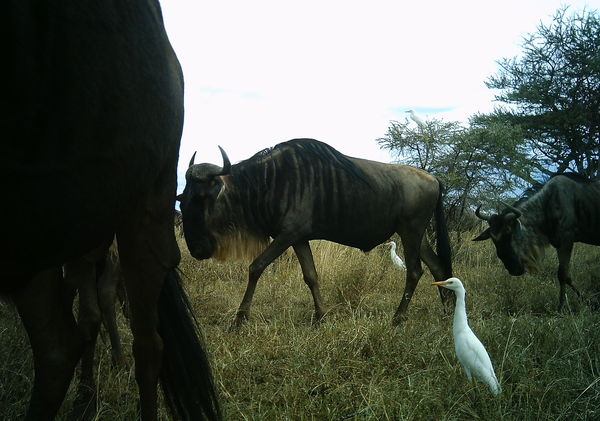
The Cattle Egret, Bubulcus ibis, is usually found in flocks alongside herds of Wildebeest, Buffalo, and/or Zebra. You may have seen them hitching a ride on the backs of buffalo. Their tall stature and white color make them stand out a lot in the grasslands.
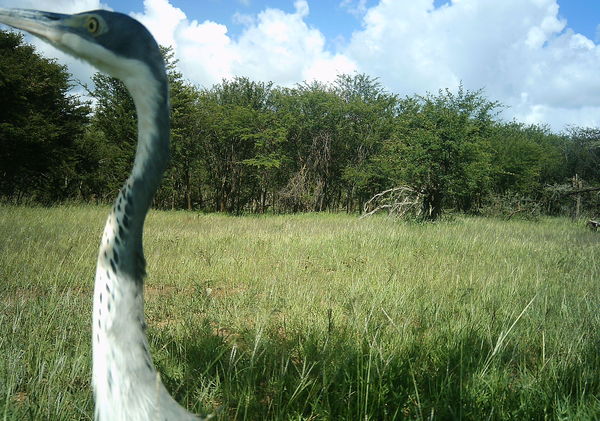
I've only noticed one heron shot so far, and this it, a Black-headed Heron, Ardea melanocephalia. There are three other species of large herons in the region, including the spectacular Goliath Heron.
As far as big birds go, those are the ones I've seen show up on the message boards a lot, so I hope those will help with some quick IDs. I am rather surprised not to have run into any other Storks, Herons, Crowned Cranes or Ibises yet, if you see any let me know!
Posted
-
 by
kosmala
scientist
by
kosmala
scientist
Awesome big bird guide, wilderzone. Thanks!
Posted
-
 by
dms246
moderator
by
dms246
moderator
I'll second that! I'm only familiar with British birds (and a few Aussie ones from a couple of visits there), so this is great. Thank you!
Posted
-
 by
wilderzone
moderator
by
wilderzone
moderator
Thanks guys. I think the birds of prey with be next. The smaller birds are going to be a little harder to come up with good photos for ID, I'm doing a lot of squinting.
Posted
-
 by
DanishDyna
by
DanishDyna
Nice! How about this one:
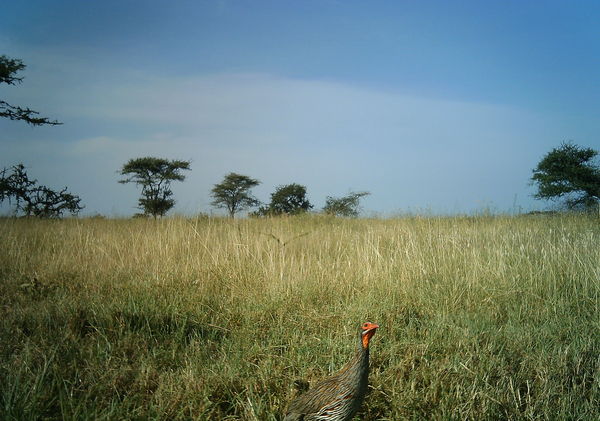
Or would he/she fall into the "small bird" category?
Edited to add: I was looking through a bird collection and found another photo of this bird here: ASG0006hsj It was identified as a "Grey breasted spurfowl" by okopho which, after checking on Wiki, seems right.
Posted
-
 by
wilderzone
moderator
by
wilderzone
moderator
I'm going to separate the smaller ground birds (like this spurfowl) into their own group, which will also include plovers, lapwings, and other grouse-like birds. This is a great ID photo for the spurfowl, better than the other one which I had collected to use, thanks for bringing it to my attention.
Posted
-
 by
michele.mks
by
michele.mks
I seem to see the white-breasted bustard more often than the Khori bustard. Is there a reason the Khori is singled out for identification? I know it's the heaviest flying bird, but is it just because it's so rare?
Posted
-
 by
kosmala
scientist
by
kosmala
scientist
We chose a few obvious and common big birds to put in the ID list. There's no special reason that Kori bustard is on there, but white-breasted isn't.
Posted
-
 by
majortim
by
majortim
I would also say that is a Hartlaub's in the above collection, but could ikt also be a hybrid of Hartlaub and the black-bellied?
Posted
-
 by
parsfan
by
parsfan
Saddle-billed stork ASG001etc9
Posted
-
 by
parsfan
by
parsfan
Black-headed heron? ASG001xa6z
Posted
-
 by
maricksu
moderator
in response to parsfan's comment.
by
maricksu
moderator
in response to parsfan's comment.
Absolutely correct, very good capture of Black-headed Heron (Ardea melanocephala).
Black head and hindneck contrast with white throat and and foreneck.
(also smaller and darker than Grey Heron).
Often feeding on the plains, far from water 😃Posted
-
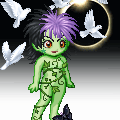 by
Gee_Is_Me
by
Gee_Is_Me
AH HA! The large bird in the distance I had to classify as 'other' was a Marabou Stork! Thank you for the extra info.
Posted
